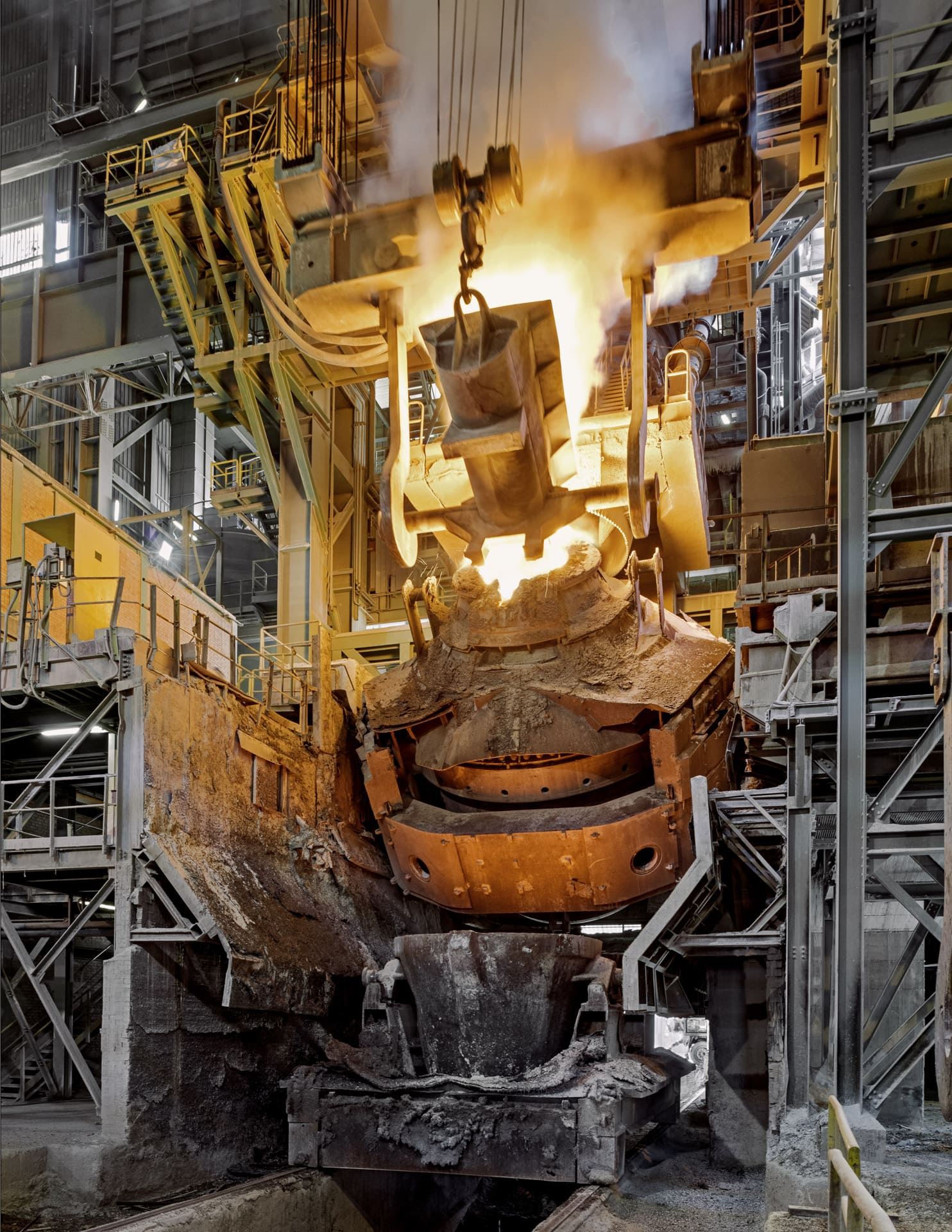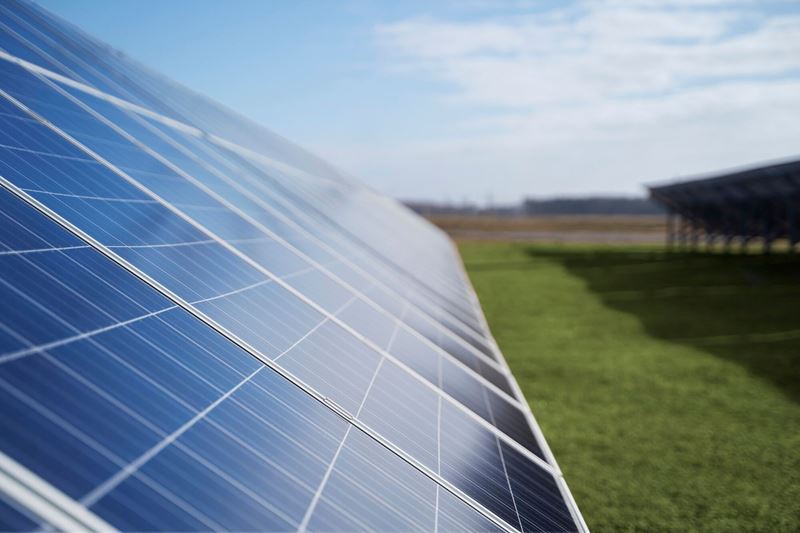China accounts for approximately 50% of global steel production and holds a significant position in the iron and steel sector. Therefore, the increase in emissions in the sector adversely affects global efforts to combat climate change.
According to the data, sulfur dioxide emissions per ton of steel decreased by 12.6%, smoke and dust emissions decreased by 9.7%, and nitrogen oxide emissions decreased by 9.1%. These reductions can be interpreted as a result of China's efforts to control air pollution.
The total water volume used by steel enterprises during the January-February period increased by 4% annually to 15.06 billion cubic meters, with a 0.08 percentage point increase in the reuse rate of water.
Chinese steel producers produced 13.7 million tons of steel slag during the January-February period, marking a 1.5% annual increase. The production of blast furnace slag also increased by 1.7% annually to 35.99 million tons.
The production of blast furnace gas, basic oxygen furnace gas, and coke oven gas also increased in January-February 2024 compared to the previous year, accompanied by increases in gas utilization rates.
China increased its steel production to 1.019 billion tons in 2023, a 0.6% increase compared to 2022, indicating a recovery in the sector following two consecutive years of production decline.
The increase in steel production and emissions in China is considered a concern in the global fight against climate change. China needs to take further steps and implement more effective policies to reduce emissions in this regard.











Comments
No comment yet.